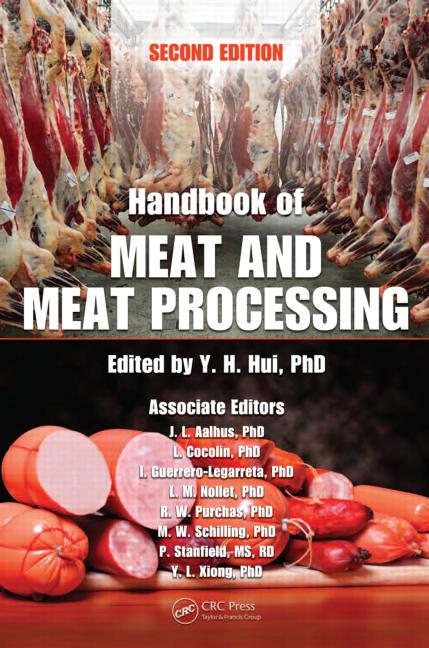Tyson Foods Inc. reported the following results: sales for the second quarter reached a record $9.03 billion, and operating income increased 53% to $361 million.
"We had a record second quarter, which is a testament to our great team and our balanced multi-protein, multi-channel, multi-national business model," said Donnie Smith , Tyson Foods' president and chief executive officer. "Our second quarter is usually our most challenging. We had a lot to overcome, including a harsher than normal winter, but I'm satisfied with the results. I'm still confident in my expectations for the year that we will achieve our goal of 6-8% sales growth in value-added products while generating at least $2.78 earnings per share.
"We're pleased with the performance of our Chicken segment as sales volume grew on strong demand. Our Beef and Pork segments did a great job of managing tight supplies and maintaining margins through record high input costs. In our Prepared Foods segment in the second quarter, we integrated recent acquisitions, invested in marketing and advertising and had several new successful product launches. While these efforts take time to bear fruit, we believe Prepared Foods presents one of the best opportunities for earnings growth in the future.
"The International segment is another area where we think some short-term sacrifices are worth the long-term earnings potential. We've chosen to slow down our growth this year, primarily due to weak demand in China. We are committed to our China operations, and we believe we now have the right pace for developing that business as we wait for demand to return. We think it will get sequentially better from here, and we like the long-term opportunity," Smith added.
Chicken sales volumes grew due to stronger demand for chicken products and mix of rendered product sales. The slight decrease in average sales price was primarily due to lower feed ingredient costs, partially offset by mix changes. Operating income was positively impacted by increased sales volume, operational improvements and lower feed ingredient costs, partially offset by decreased average sales price. Feed costs decreased $175 million and $340 million for the second quarter and six months of fiscal 2014, respectively.
Beef sales volumes decreased for the second quarter of fiscal 2014 due to a reduction in live cattle processed as a result of reduced export sales. However, sales volumes increased for the six months of fiscal 2014 due to better demand for our beef products. Average sales price increased due to lower domestic availability of fed cattle supplies, which drove up livestock costs. Operating income increased due to improved operational execution and maximizing our revenues relative to the rising live cattle markets, partially offset by increased operating costs.
Pork sales volumes increased for the second quarter of fiscal 2014 as a result of better domestic demand for our pork products. However, sales volumes decreased for the six months of fiscal 2014 as a result of reduced export sales during our first quarter of fiscal 2014. Average sales price increased primarily due to mix changes and lower total hog supplies, which resulted in higher input costs. Operating income increased due to maximizing our revenues relative to live hog markets, partially attributable to operational and mix performance.
Prepared foods sales volumes increased as a result of improved demand for our prepared foods products and incremental volumes from the purchase of three businesses. Average sales price decreased slightly for the second quarter of fiscal 2014 due to mix changes. However, average sales price increased for the six months of fiscal 2014 due to better product mix and price increases associated with higher input costs. Operating income decreased, despite increases in sales volumes, as a result of higher raw material and other input costs of approximately $25 million and $65 million for the second quarter and six months of fiscal 2014, respectively, and additional costs incurred as we invested in our growth platforms. Because many of our sales contracts are formula based or shorter-term in nature, we are typically able to offset rising input costs through pricing. However, there is a lag time for price increases to take effect.
International sales volumes increased as Tyson continues to grow its businesses in Brazil and China. Average sales price decreased due to poor export market conditions in Brazil, supply imbalances associated with weak demand in China and a less favorable pricing environment in Mexico. Operating income decreased due to poor operational execution in Brazil, challenging market conditions in Brazil and China and additional costs incurred as the company continues to grow its International operation.
Tyson said in fiscal 2014, it expects overall domestic protein production (chicken, beef, pork and turkey) to decrease approximately 1% from fiscal 2013 levels, mainly due to further reductions in forecasted hog supplies. Grain supplies are expected to increase in fiscal 2014, which should result in lower input costs. Specifically, Tyson expects domestic chicken production to increase around 2-3% in fiscal 2014 compared to fiscal 2013, but it is forecasting a reduction in cattle production by 3-4% and hog production by 4-5%.
Source: Tyson Foods Inc.




Report Abusive Comment